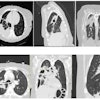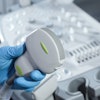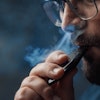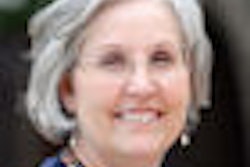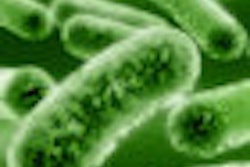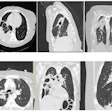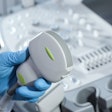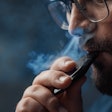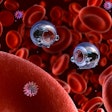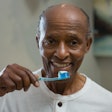Although the destructive effects of oral bacteria in producing dental caries, periodontal disease, and other infectious conditions are well known, the identities of many of the microbes responsible for these conditions, as well as their physical characteristics and ability to grow and sustain themselves, remain a mystery.
Now, an NYU College of Dentistry (NYUCD) microbiologist and an engineer at Sandia National Laboratories are partnering to develop a technology that will facilitate bacterial identification, the university announced in a press release. Their study was recently funded with a three-year, $1.63 million grant from the National Institute of Dental and Craniofacial Research (NIDCR) of the NIH.
The study's principal investigator, Anup Singh, Ph.D., director of biosynthesis research at Sandia, uses a method for spotting unknown microbes in saliva dubbed FISH 'n CHIPs because it combines fluorescent in situ hybridization (FISH) with a glass chip less than 4 centimeters wide.
NYUCD, a subcontractor on the grant, received a $264,000 award to acquire saliva samples from NYUCD's patient population, prepare the samples for Singh, and analyze the findings. Deepak Saxena, M.S., Ph.D., assistant professor of basic science and craniofacial biology, is leading the NYUCD component of the study in collaboration with Daniel Malamud, Ph.D., professor of basic science and craniofacial biology and director of NYUCD's HIV/AIDS research program.
In their study, Saxena and Singh plan to take advantage of recent advances in gene sequencing that enable microbial analysis without lab cultivation. Using probes composed of small, incomplete oral bacteria nucleic acid sequences, the researchers will locate bacterial cells with matching DNA sequences from dozens of saliva samples that have been arrayed on a glass chip. Probes that bind to complementary sequences will be marked with a fluorescent dye so that investigators can examine them under a microscope to confirm that they have been properly matched.
The researchers plan to locate cells from a dozen unknown oral bacterial species and establish a bank of cells that can be manipulated in subsequent sequencing studies designed to fully decode a microbe's genome.
